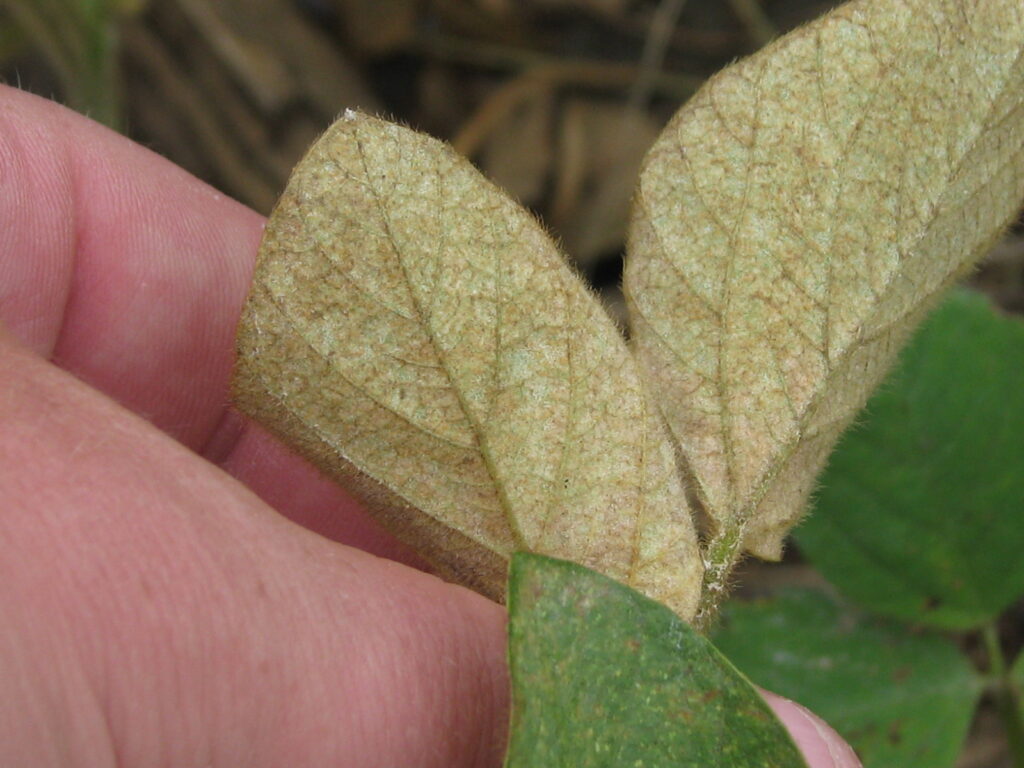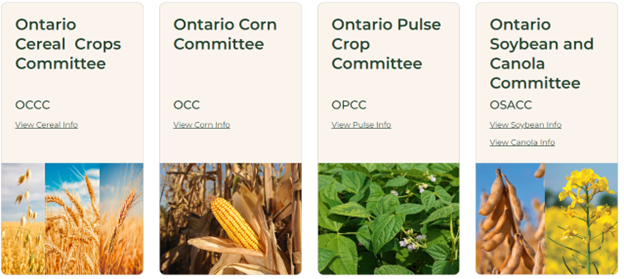2025 Soybean Seasonal Summary

The 2025 growing season was challenging in many parts of Ontario, mainly due to moisture stress. Outcomes varied tremendously by region and from field to field. Some growers in central Ontario had complete crop failures, while other regions had above average yields. Acres dropped by 7% to 2.865 million acres compared to 2024. The provincial […]










